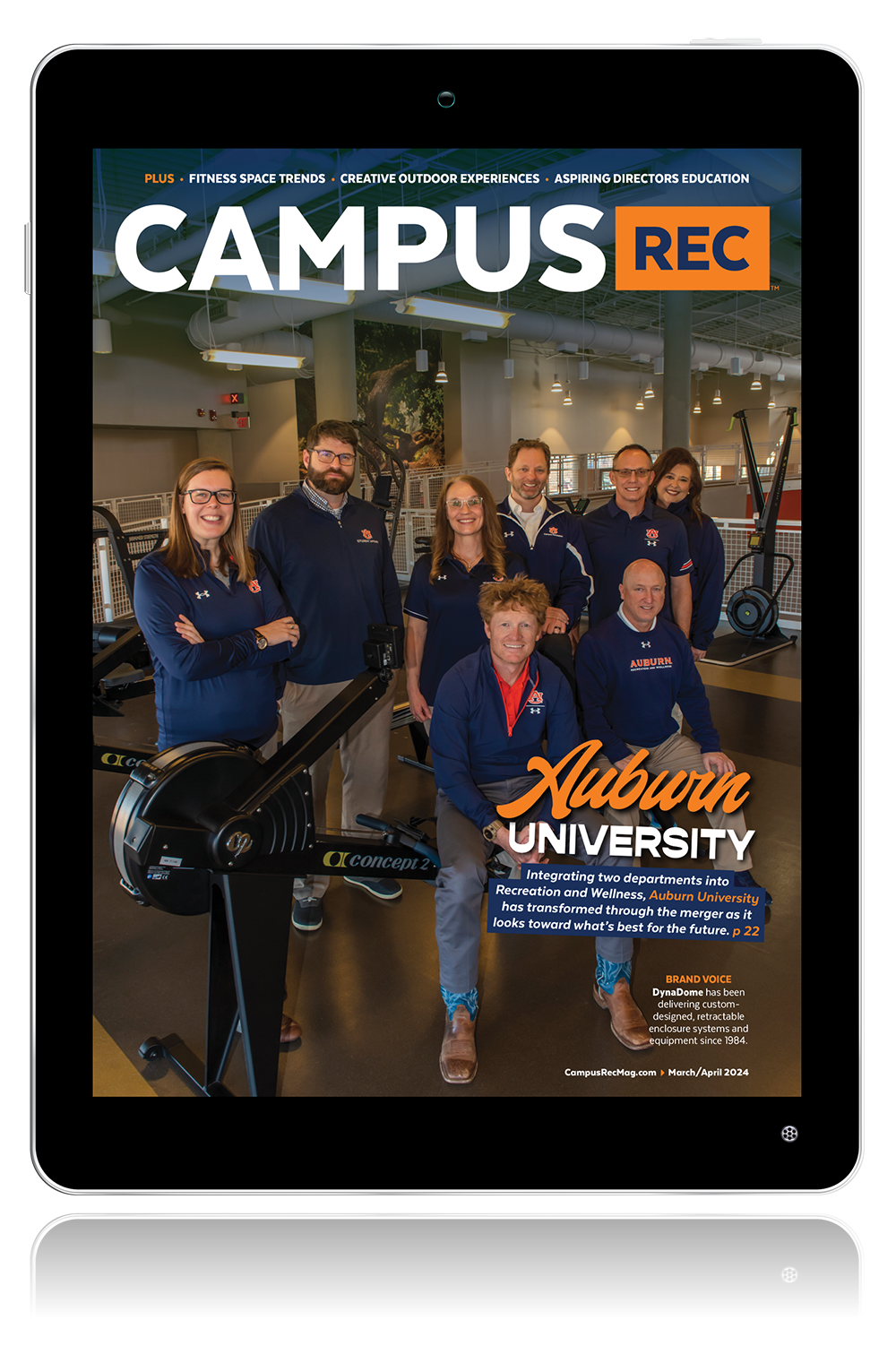
This is Part One of a five part series on the elements of well-being by Steven Trotter.
One of the questions that I am often asked is, “What’s the difference between wellness and well-being?”
At the surface, it’s a hard question to answer, but if we peel back the layers of the well-being onion, we can uncover more depth on the topic.
According to Webster’s dictionary, wellness is defined as, “The quality or state of being in good health especially as an actively sought goal” and well-being is defined as, “The state of being happy, healthy or prosperous.”
In my opinion, I believe wellness has an outdated view and can be accomplished by simply checking a box. Well-being isn’t about checking a box; it’s the dials on a mixer at a concert where you have to turn-up some elements while dialing down others to achieve the desired outcome. It’s a constant flow of energy working together to create harmony within ourselves. So you might ask, what does “the state of being happy, healthy, or prosperous mean? Well, read on my friends.
Career/Purpose Well-Being
Career/purpose well-being is how you occupy your time and whether it is fulfilling. Let’s assess the level to which you agree to the following statements:
- I like what I do every day.
- I learn or do something interesting each day.
Let me start with a disclaimer on why I use the terms career/purpose interchangeably. Purpose well-being offers many parallels to career well-being; you could even argue that spirituality can fall into purpose well-being – or possibly community, but we will get to that in Part Five.
When we discuss employee engagement we must understand we can have employees that are not engaged, but still do a great job. They may not attend happy hours or team outings or perhaps they don’t feel an emotional connection to the organization’s values or vision. Their priority for their job may be to financially support themselves or their family. Employees with this perspective can still have high levels of career/purpose well-being as long as their bucket is being filled with activities that give them joy outside of work hours.
The Importance
Why is career/purpose well-being important you may ask? If you really think about it, we spend a lot of our day at work. Our careers take up a wide majority of our lives. There is a reason that sociologist Ray Oldenburg’s coined the term “the third place” for community spaces such as churches/places of worship, cafes, coffee houses, and pubs where people exchange ideas and build relationships. The third-place comes after the second place (work) and the first place (home), meaning work is our first step away from home.
In 2015, millennial turnover cost the U.S. $3.5 billion. Some may think this is due to millennials being job hoppers that leave their existing company to join the next latest and greatest startup down the street where you have an open workspace, local breweries supplying happy hour, pets are welcome and you can work from home any day of the week.
The reality is those perks are not the number one driver for job-hopping, albeit those are nice perks. We know these two philosophies:
- People don’t quit jobs; they quit managers.
- Our workforce, particularly millennials, are shifting from my paycheck to my purpose and my boss to my coach/mentor for motivators.
I recently encouraged my team to read “Wellbeing: The Five Essential Elements” by Tom Rath and Jim Harter. We dissected the book and discussed it at our well-being leadership workshop. Some things that stick out for me about career/purpose well-being are:
- The Economic Journal revealed unemployment might be the only major life event from which people do not fully recover from within five years.
- Heart attacks are more likely to happen on Mondays. This suggests a rough transition from Sunday to Monday takes a physical toll. Are we glorifying the Sunday blues the same way we glorify being busy?
- If your manager ignores you, there’s a 40% chance you will be actively disengaged or filled with hostility about your job. If your manager is at least paying attention to you, even if only paying attention to your weaknesses, your chances of being actively disengaged drops to 22%. If your manager is primarily focused on your strengths, then your chances of being actively disengaged are just 1%.
- When managers and leaders invest in employee well-being, employees are 1) more likely to be top performers, 2) produce a higher quality of work, 3) are less likely to be sick, 4) are less likely to change jobs, and 5) are less likely to get injured on the job.
- People who were actively disengaged in their careers in 2008 were nearly twice as likely to be diagnosed with depression over the next year.
- Compared to those who do not get to focus on what they do best, people who have the opportunity to use their strengths are six times as likely to be engaged in their jobs and more than three times as likely to report having an excellent quality of life.
Employee Engagement 101
This article might spark some interest around how you can find ways to increase your team’s or your own engagement and well-being. Before we pass go and collect $200, we truly need to understand the base camp of employee engagement.
According to the Gallup Q12, a widely used employee climate and engagement survey, Q1 and Q2 matter the most. If your team members, and yourself, cannot strongly agree to the following statements, then your departments’ rec league and happy hour outings won’t help much:
- I know what is expected of me and how I will be evaluated.
- I have the tools and resources I need to be successful in my job.
Career/purpose well-being, simply put, is liking what you do every day. If you are looking to improve your career/purpose well-being, try one or more of these following tips:
- Every day, use your strengths.
- Spend time with those who encourage your growth.
- Opt into social time with those you enjoy spending time with at work.
After peeling back the layers of the well-being onion, find what lies at the center of your core. There you will find your purpose.
Rath, Tom, and James K Harter. Wellbeing : The Five Essential Elements. New York, Gallup Press, 2014, pp. 16, 22, 26, 135, 191, 193.










